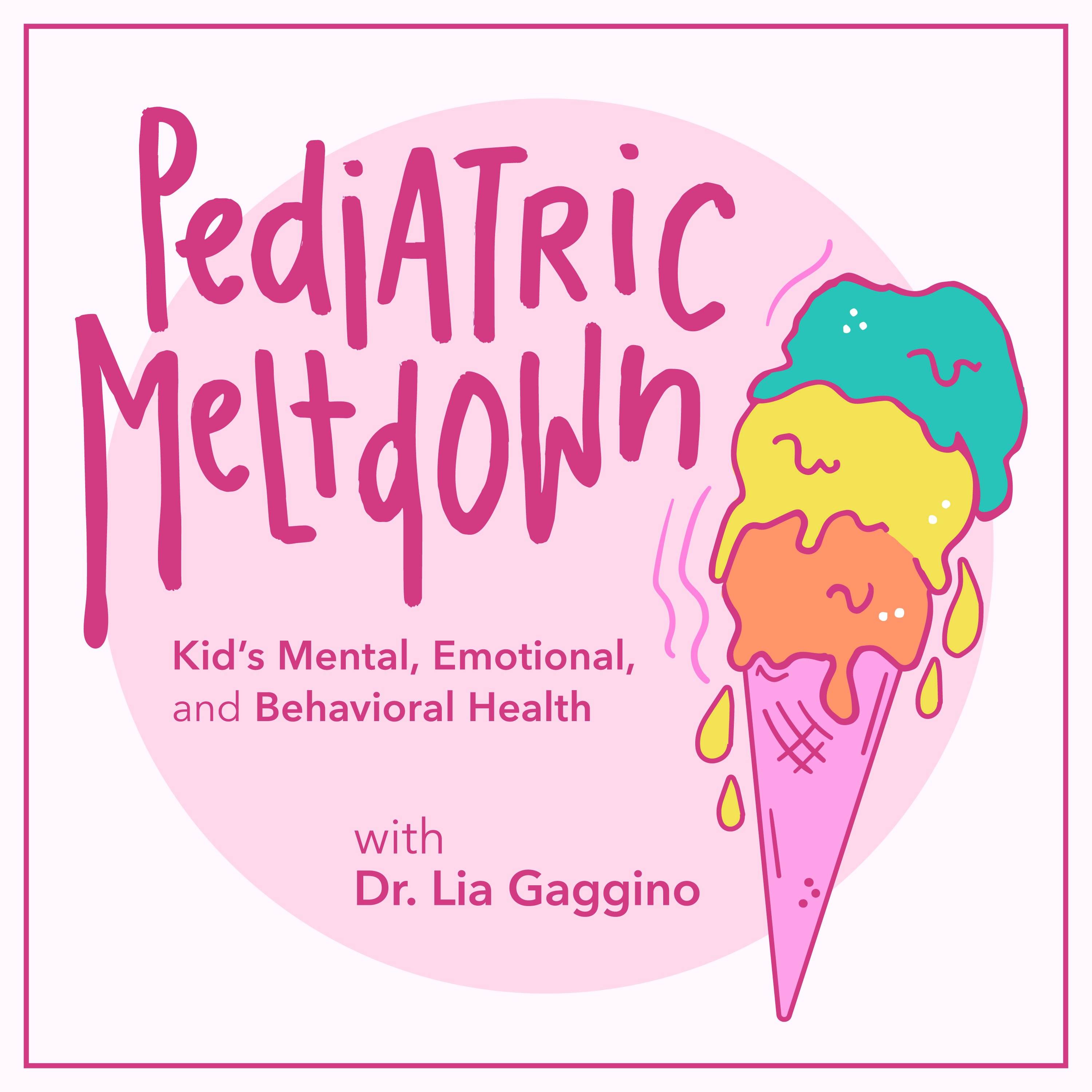
246. Pediatric Psychopharmacology: Tips for Prescribers
Podcast: Pediatric Meltdown
Autor:Lia Gaggino
Can medication truly transform the landscape of pediatric mental health, or are we oversimplifying the complexities of growing minds? In this episode of Pediatric Meltdown, Dr. Lia Gaggino welcomes Dr. Jess Pierce, a hospital-based child psychiatrist whose expertise bridges the worlds of pediatrics and mental health, especially for children in rural areas. Unraveling the fascinating history of psychopharmacology and delving into the mechanisms of action for the antidepressants, this episode offers a roadmap for pediatricians navigating the maze of SSRIs, SNRIs, risks like serotonin syndrome, and difficult conversations about side effects. The nuances matter and Dr. Pierce guides us skillfully.Discover why family history, patient buy-in, and transparent communications are pivotal to successful treatment—and why prescribing for young people demands a delicate blend of science, art, and empathy. This conversation will change the way you see—and approach—medication and the treatment of kids' mental health.[00:08:51] Exploring Pediatric Psychopharmacology’s RootsTracing the unexpected origins of antidepressants, including how tuberculosis and hypertension treatments led to modern psychopharmacologyThe monoamine hypothesis: understanding the neurotransmitter focus in early depression treatmentsThe move beyond serotonin, dopamine, and norepinephrine: new research on neurobiology, neurogenesis, and stress responseProzac’s arrival and its impact in reshaping the treatment landscape for pediatric mental health[08:52- 18:06 ] SSRIs in Practice: Similarities, Differences, and SelectionAll SSRIs share rapid absorption, high protein binding, and similar side effect profiles—but key differences can matterImportant reasons to avoid Paxil and to use Lexapro over Celexa, particularly due to side effect burdensNuanced considerations: matching specific SSRIs to individual patient needs, such as Prozac’s activating profile for low-energy depressionPractical dosing strategies: the art of balancing “start low and go slow” with the urgency to help suffering children[18:07- 27:59] Navigating Risks, Side Effects, and Patient MonitoringThe truth behind the Black Box Warning: clarifying risks of suicidal ideation vs. the dangers of untreated depressionWhy regular, open conversations with families about medication side effects—especially sexual side effects in teens—build trust and adherenceRecognizing and managing serotonin syndrome: how to spot symptoms and when emergency intervention is neededIdentifying high-risk drug interactions, including situations with migraine or neurology medications[28:00-45:19 ] From SNRIs to the Five-Step Prescribing Approach and BeyondHow SNRIs differ from SSRIs in action, side effects, and indication—especially in pain syndromes or where activating effects are desiredThe use of Wellbutrin as an alternative with fewer sexual side effects, and cautions for seizure-prone populationsStrategic guidelines: the five-step approach to medication choice, considering patient history, family response, symptoms, buy-in, and comorbiditiesCritical cautions with genetic testing and the limitations of using these results to guide first-line medication choices[45:20-1:00:00] Dr Lia’s TakeAwaysResources Mentioned:Dr. Pierce’s PPT on Pediatric Psychopharmacology Hello! Here's the link to the slides: Psychopharm...
Fecha de Publicación: 15 de mayo de 2025
Duración: 1 hr 1 min
Añadir a Playlist

Episodios Relacionados
-
245. When Sadness Looks Like Anger: Rethinking Pediatric Depression and Behavioral Activation mayo 7, 2025
-
244. Taming Pediatric Anxiety with Brain-Body-Behavior Strategies abril 30, 2025
-
243. The Child Mental Health Podcast: Expert Insights from Child Psychiatry abril 23, 2025
-
242. Making Sense of a Mess: My Giant To-Do List abril 16, 2025
-
241. Fighting Untruths and Chaos: The Power of the Pen and A Little Therapy abril 9, 2025